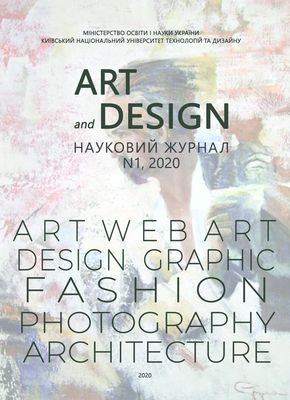FEATURES OF OPTICAL ILLUSIONS APPLICATION IN INTERIOR DESIGN
DOI:
https://doi.org/10.30857/2617-0272.2020.1.4Keywords:
optical illusions, anamorphosis, distortion, mimicry, art-pareidolia, pseudo gipnosis, ephemeralization, anti-gravityAbstract
The purpose is to determine the peculiarities of optical illusions usage in interior design. Methodology. The study uses the methods of analysis and systematization of the collected literary and illustrative material, as well as the method of comparative analysis. Results. The paper analyzes the optical illusions used in interior design, namely: art-mimicry, distortion, anamorphosis, art-pareidolia, pseudo gipnosis, ephemeralization, and anti-gravity. Based on the analysis, it is determined that the use of optical illusions in interiors can be conditionally divided into two types in terms of intensity: intense (pronounced illusion) and restrained (weak illusion). According to the types of intensity, the specifics of the use of optical illusions in public and residential interiors are identified. Here are some examples of how these types are used in interior design. It has been determined that art-mimicry, distortion, anamorphosis, ephemerisation and anti-gravity can be effectively used in public interiors. At the same time, in residential interiors there are examples of intensive use of only three optical illusions: distortion, anamorphosis and ephemerisation. Also, the analysis shows that the restrained use of all the considered optical illusions can be applied in the design of both residential and public interiors. The scientific novelty of the research is to analyze optical illusions and to determine the peculiarities of their use in interior design. Practical significance. The results of the study can be used to conduct interior design using optical illusions. The results may also form the basis for further scientific research, namely, to develop recommendations for the use of optical illusions in interior spaces

